Jelly
** This is still a brainstorm, I'm a newbie in TTL circuits **
most updates at: https://github.com/agsb/jelly/tree/main
What is it ?
Jelly is a concept, a alternative computer with a diferent paradigm, not for performance but for design.
Jelly uses two ideal tapes, first for code (aka ONE), second for data (aka TWO) and a standart input and output device.
Any memory device could emulate a tape.
About op-codes
At first, lets resume the 16 opcodes for Jelly brainfunk;
| ascii | action | origin | details | |
| 1 | > | forward move tape one position | brainfu*k | only data tape |
| 2 | < | backward move tape one position | brainfu*k | only data tape |
| 3 | + | increment byte at tape position | brainfu*k | only data tape |
| 4 | - | decrement byte at tape position | brainfu*k | only data tape |
| 5 | . | output a byte at tape position | brainfu*k | from data tape into standart output |
| 6 | , | input a byte to tape position | brainfu*k | from standart input into data tape |
| 7 | [ | test if byte at data tape is zero, and forward code tape to matched ] | brainfu*k | allow 255 nested loops |
| 8 | ] | test if byte at data tape is not zero, and backward code tape to matched [ | brainfu*k | allow 255 nested loops |
| 9 | ! | halt | Jelly | end of code |
| 0 | = | do nothing | Jelly | nop |
| 10 | = | reserved | jelly | nop |
| 11 | = | reserved | jelly | nop |
| 12 | = | reserved | jelly | nop |
| 13 | = | reserved | jelly | nop |
| 14 | = | reserved | jelly | nop |
| 15 | = | reserved | jelly | nop |
| any | nop | jelly | nop |
 Alvaro Barcellos
Alvaro Barcellos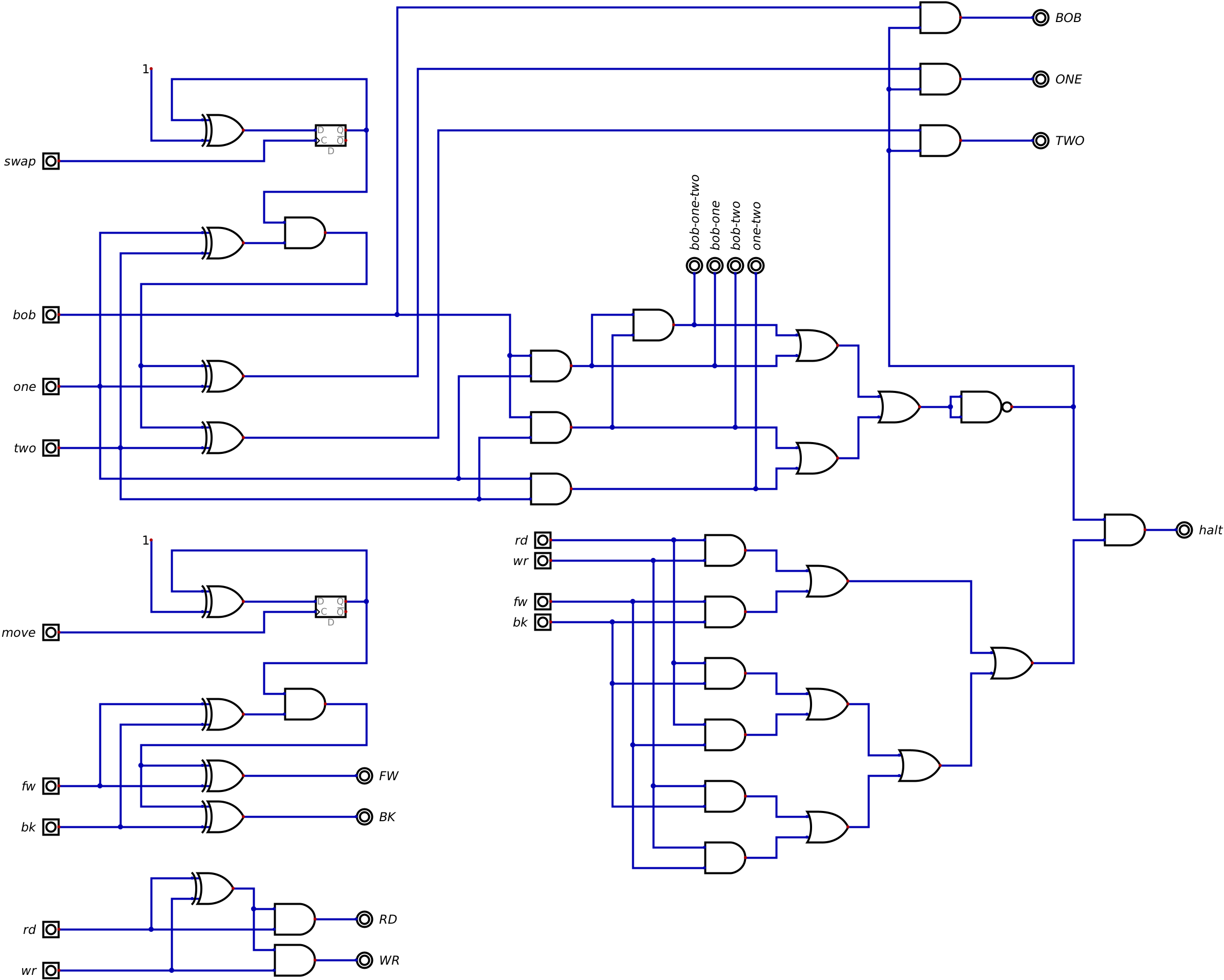
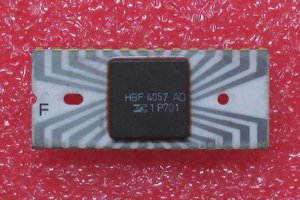
 Dave Collins
Dave Collins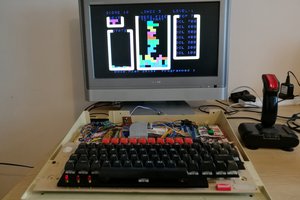
 6502Nerd
6502Nerd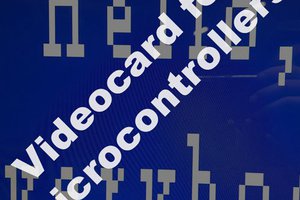
 teardownit
teardownit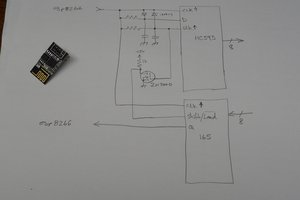
 Rue Mohr
Rue Mohr